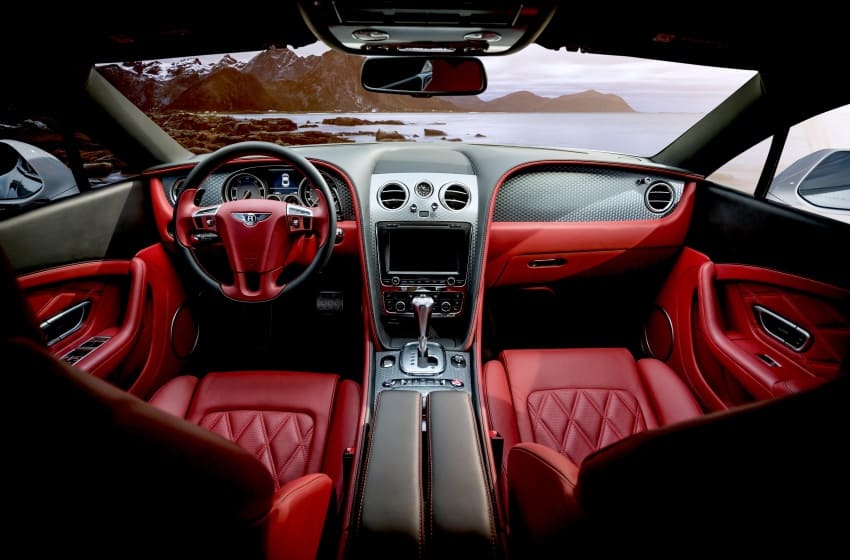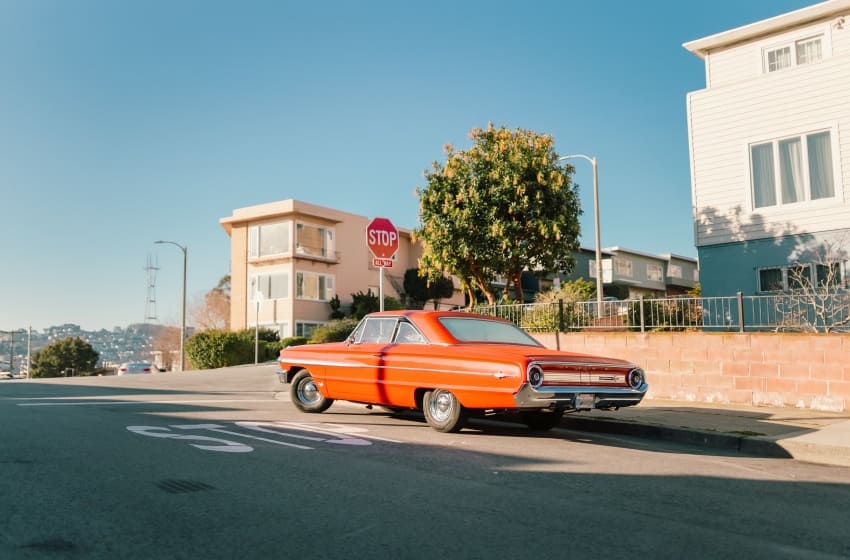
If you feel it in your bones that you can cut it as a member of the Fast and Furious franchise because of your skills behind the wheel, the trick is to let your driving do the talking. For that, you need to perceive driving as an art form. And as any artist would confirm, it takes time to fully refine your skills. You have to master how your car responds to your “master strokes” and have the necessary skill set to manoeuvre the track successfully.
Oversteer, understeer. What are they? As my article’s title lets on, our focus of the day rests on these terms. What does understeer and oversteer mean? Without question, these are two key concepts every driver needs to grasp to control their vehicle effectively. In this detailed write-up, I dive deep into the intricacies of oversteer and understeer, examine their subtleties, comprehend their causes, and reveal how to manage them like a pro. Stick with me now, will you?
Understanding Oversteer and Understeer
Is it understeer or oversteer? Let’s find out. To fully understand oversteer and understeer, exploring the details of weight distribution and tire grip while turning is essential. These concepts may sound like rocket science to a beginner, but veterans know what I’m talking about.
As you steer through a bend, the shifting of your car’s weight affects the hold each tire has on the pavement. Oversteer and understeer define the vehicle’s response to these weight changes, making them vital notions for any driver.
Oversteer
What triggers oversteer? Picture this. You’re taking a turn, your back tires lose grip, and your car rotates more than you expected or intended. This phenomenon is what oversteer is, and more often than not, it results in the vehicle’s tail skidding out. Do I need to mention that this is a potentially risky situation on the road? And by the way, oversteer is often seen in rear-wheel-drive vehicles, high-performance cars, or scenarios with aggressive acceleration during a turn.
Causes of Oversteer
Now that you know what oversteer is, your next question must be what causes it, right? As a matter of fact, several factors contribute to oversteer.
- Overspeeding: Excessive speed, especially when taking a turn, proves overwhelming to a vehicle’s rear tires. They, in turn, lose traction and trigger oversteer.
- Sudden Acceleration: As it is coming out quite clearly, speed has massive potential to trigger oversteer. In the case of sudden acceleration, a rapid mid-turn throttle works to shift weight onto the rear tires. The front tires, in effect, lose traction, and you find yourself in a bind.
- Lift-Off Oversteer: If you suddenly release the accelerator, what you end up doing is transferring weight to your front tires. Any guesses on what happens next? Correct! The rear tires lose traction, triggering an oversteer.
Handling Oversteer
Remember how we said driving is an art? To handle oversteer, your car demands, yes, demands, swift action to counteract the veering off the tail end, including:
- Counter Steering: Alright, let’s break down counter steering. Imagine you’re in a skid, and things are going sideways — literally. Counter steering is like your superhero move. It’s when you turn the steering wheel the opposite way of the skid. So, if you’re sliding to the right, turn the wheel left. This trick helps you get back in control and straighten out those front wheels. It’s your ticket to becoming the hero and keeping things on the straight and narrow.
- Being Gentle With Your Throttle Input: Seeing as sudden acceleration triggers oversteer, it goes without saying that the vice versa is true. By applying the throttle gently, you avoid sudden, aggressive moments. You also get to regain traction because weight transfers to your rear wheels.
- Brake Modulation: If you’ve hit the road one time too many, you know that it’s never a good idea to suddenly hit the brakes. Instead, you should apply light but continuous pressure. This way, you get to shift the weight forward. You should, nevertheless, be cautious to avoid a wheel lock situation.
Understeer
From your new-found knowledge of oversteer, could you make a guess as to what understeer is? Understeer is when the front tires of a vehicle lose grip while turning, resulting in the car moving straight even though the steering wheel is turned. This phenomenon usually happens more often in vehicles that are front-wheel drive or have more weight in the front.
 Causes of Understeer
Causes of Understeer
Several factors can cause understeer. Going fast into a turn is cool, but if you’re zooming in too quickly, making your car’s front tires freak out, you’re going to deal with understeer. Forget to turn your steering wheel in a turn? Well, that’s a recipe for understeer. Your front tires won’t grip well, and guess what? Understeer. Trying to brake while making a turn? Bad idea. It messes up the balance. Weight shifts to the front tires, and the back ones lose their grip. Boom, understeer. I guess I’m using the term way too much, but hey! Just a guy trying to drive my point home. See what I did there?
Handling Understeer
If you want to handle understeer like a champ, you need some slick moves to shift your car’s weight and get those front tires back in the game. When understeer throws a wrench in your plans, the first step is to smoothly let off the gas pedal. This nifty move shifts the weight to the front tires, boosting their grip. It’s like giving them a pep talk, making your car more responsive to your steering commands.
When steering, crank that wheel a bit more to guide the front tires where you want to go. But remember, don’t jerk the wheel suddenly — that just makes the understeer worse. If you have to brake, do it in a straight line before you hit the turn. This keeps the car’s weight balanced, reducing the chance of understeer messing up your ride.
The Role of Tires and Suspension
Alright, buckle up, and let’s chat about tires and suspension — they’re basically the Batman and Robin of your car’s performance. Tires? They’re the superheroes holding your ride down the road. How well they do it depends on things like tire pressure and tread. So, if you want your car to perform at its peak, make sure those tires are in top shape. It’s like giving your vehicle the best shoes for the road-trip runway.
Enter suspension, the unsung hero of the show. It’s the behind-the-scenes maestro that influences how your car handles its weight during those fancy manoeuvres. When your suspension is finely tuned, your vehicle becomes a stable and responsive player, cutting down the risks of understeer or oversteer. And here’s a cool tip — there are legal ways to adjust your suspension to match your unique driving style. It’s like customizing your car’s performance to dance to your driving beat.
 The Importance of Driver Awareness
The Importance of Driver Awareness
Now, being aware while driving is as important as knowing all the other stuff. Think ahead, read the road, and feel your car’s vibes to react smartly and avoid oversteer or understeering. What is oversteer and understeer to a pro like you? They shouldn’t move you!
Driving isn’t just mechanics. It’s an art form. You’re the artist, and your car is the instrument. The road? Well, that’s your canvas, and each drive is a chance to show off your skills in the dance between you and your machine. But wait, there’s more! Consider the weather, terrain, and night driving. Adjust to road conditions, know your car on different surfaces, and be a responsible night driver.
And hey, make yourself comfy in the driver’s seat. Adjust your seat, mirrors, and steering wheel for the best setup. Also, get to know the tech in your car — those safety features are handy, but remember, you’re the boss. As you get better at handling oversteer and understeer, enjoy the journey. Driving is more than a skill — it’s an art form, a continuous learning process. Every lesson makes your driving experience richer.
Conclusion
Understeer vs oversteer? It is hardly a contest, as you now know. To sum it up, mastering oversteer and understeer is more than just technical know-how. It’s an art form, and that might even be an understatement. Picture the road as your canvas and your car as the brush. With each turn, you’re creating a masterpiece, showing off your control and finesse. Embrace the challenge, stay sharp, and enjoy the ride — one perfectly executed turn at a time.





